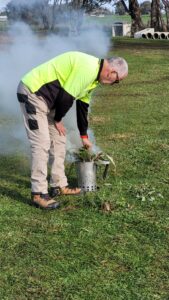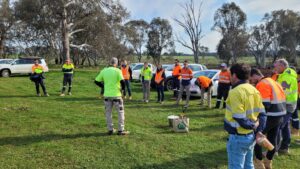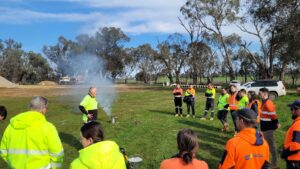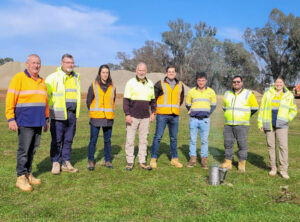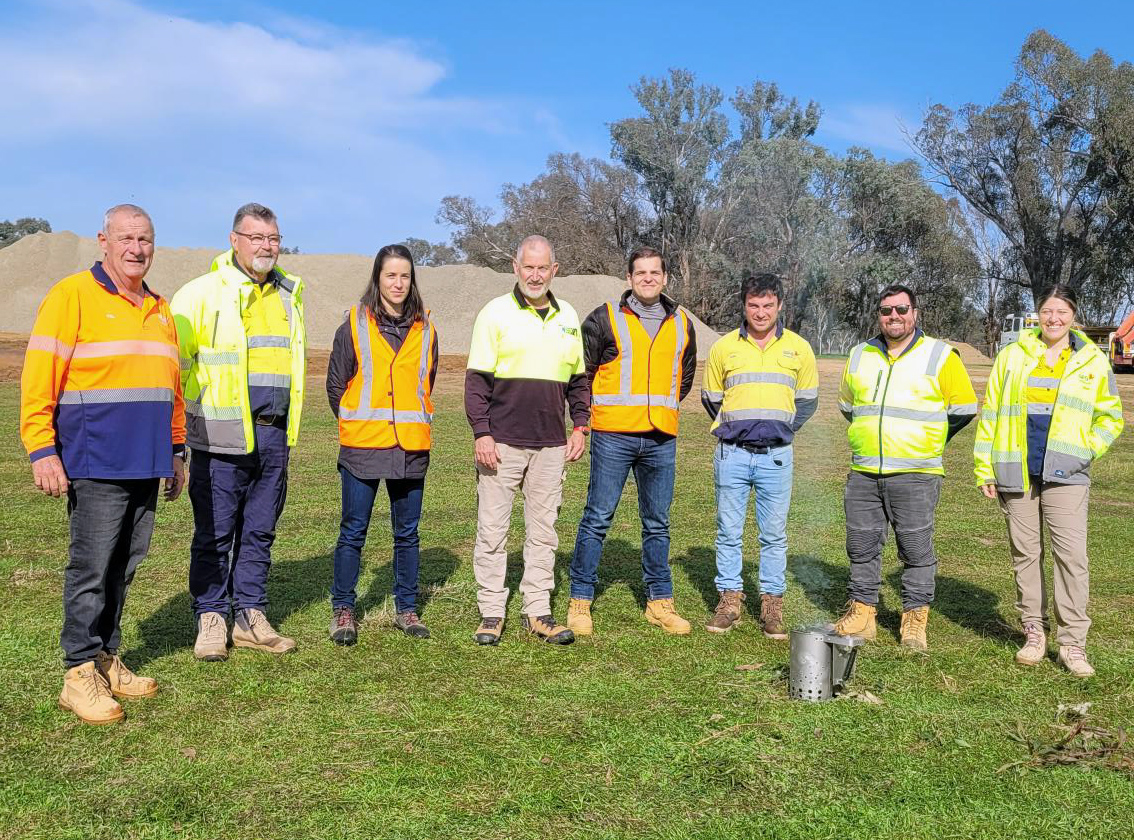GPG Australia begins construction of the Glenellen photovoltaic plant in New South Wales with a traditional aboriginal smoking ceremony. The ceremony took place on September 11th at the project site in Jindera.
The Glenellen photovoltaic plant will provide renewable energy to supply over 80,000 homes, reducing carbon emissions and creating jobs in the region, marking an important milestone in promoting sustainable development and environmental management.
The event brought together contractors and representatives from GPG Australia to honour the land and ensure a safe and prosperous construction process.
Traditional smoking ceremony
The smoking ceremony, conducted by proud Wiradjuri man, Uncle Mark, is a culturally significant practice among indigenous Australians. It involves the burning of local native plants to produce smoke, which is believed to have cleansing properties for both the land and the people, as well as the ability to ward off bad spirits.
This ceremony serves as a gesture of respect to the Traditional Owners of the land and reinforces GPG Australia’s commitment to cultural inclusivity, respect and recognition.
“This smoking ceremony marks the official commencement of construction works in what will be GPG Australia’s biggest solar farm to date. We are very excited to build this facility that will maintain sustainable agricultural activities such as grazing and cropping during operations. By farming the land and the sun we are contributing to a cleaner and more sustainable future” Juan Carlos Cobo, Glenellen photovoltaic plant´s project director
“We are honoured to begin this state significant project with a traditional smoking ceremony. It symbolises GPG Australia’s acknowledgement of the cultural heritage of this land and our commitment to a collaborative and inclusive approach throughout the construction process.” Philip Beattie, GPG Australia´s Community and Stakeholder Engagement Officer
Following the smoking ceremony, GPG Australia staff and contractors joined Uncle Mark at the Jindera Pioneer Museum for a cultural heritage induction involving many aspects of Wiradjuri culture and history.
Some images of the ceremony:
